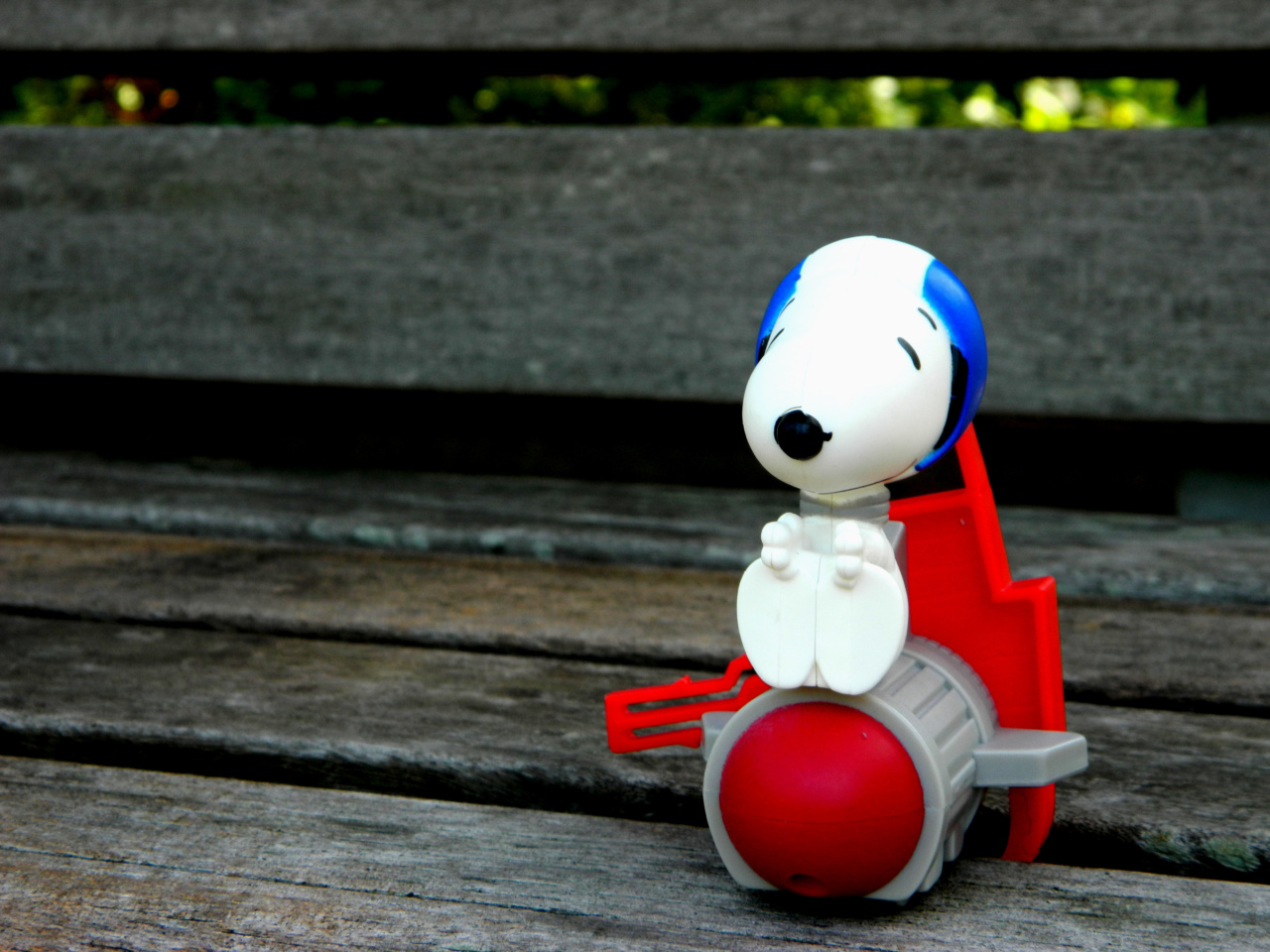Dogs are known for their curious nature and tendency to explore the world around them through chewing. However, this natural behavior can lead to dangerous situations when they start consuming non-edible items like plastic and wood.
Ingesting these materials can cause serious health issues for your furry friend, including intestinal blockages, choking hazards, and even poisoning. To keep your dog safe and prevent these habits from developing, you need effective strategies. In this article, we will discuss ten proven tips to help you stop your dog from eating plastic and wood.
1. Identify the underlying cause
The first step in addressing this behavioral issue is understanding why your dog is attracted to plastic and wood in the first place. It could be due to boredom, anxiety, teething, or even a nutritional deficiency.
Observing your dog’s behavior and consulting with a veterinarian can help you determine the underlying cause and choose the most appropriate approach to tackle the problem.
2. Provide an enriching environment
One way to prevent your dog from eating plastic and wood is by keeping them mentally and physically stimulated. Boredom often leads to destructive behaviors, including chewing on non-edible items.
Ensure your dog has plenty of exercise, playtime, and interactive toys to prevent them from seeking entertainment through destructive chewing.
3. Use deterrent sprays
Deterrent sprays can be effective in stopping your dog from chewing on plastic and wood. These sprays are formulated with unpleasant tastes and odors that dogs find repulsive.
Spray the deterrent on the items you want to protect, and the unpleasant sensation will discourage your dog from attempting to chew on them.
4. Provide appropriate chew toys
One of the best ways to redirect your dog’s chewing behavior is by providing alternative chew toys. Opt for sturdy toys made from safe materials specifically designed for dogs.
Chew toys can help satisfy your dog’s natural urge to chew while redirecting their attention away from harmful items like plastic and wood.
5. Supervise and restrict access
During the training process, it’s crucial to supervise your dog closely and restrict their access to areas where they could potentially chew on plastic and wood.
Use baby gates or crate training to limit their access to certain parts of your home until they develop better chewing habits.
6. Train the “leave it” and “drop it” commands
Teaching your dog basic obedience commands like “leave it” and “drop it” can be extremely helpful in preventing them from picking up and ingesting dangerous items.
Consistent training and positive reinforcement will help your dog understand and obey these commands, allowing you to quickly intervene when they show interest in plastic or wood.
7. Make the items unappealing
You can make plastic and wood less appealing to your dog by modifying their taste and texture. For instance, you can coat the items with an unpleasant-tasting substance like bitter apple spray or white vinegar.
Additionally, covering items with aluminum foil or double-sided tape can deter your dog from chewing on them due to the strange texture.
8. Increase physical and mental exercise
A tired dog is less likely to engage in destructive behaviors like chewing on plastic and wood. Increase your dog’s physical exercise by taking them for longer walks, runs, or engaging them in more intense play sessions.
Alongside physical exercise, provide mental stimulation through puzzle toys, interactive games, and obedience training to tire out their minds as well.
9. Address anxiety and stress
Anxiety and stress can often lead to destructive behaviors in dogs. If your dog’s chewing habits are a result of anxiety or stress, it’s crucial to address the root cause.
Consult with a professional trainer or veterinarian to develop a plan to manage your dog’s anxiety, which may include behavior modification techniques, medication, or natural supplements.
10. Seek professional help if needed
If your dog’s plastic and wood chewing habits persist despite your best efforts, it may be time to seek help from a professional dog trainer or behaviorist.
They can provide personalized advice and guidance based on your dog’s specific needs, helping you address the issue effectively and prevent any potential health risks.
Conclusion
Preventing your dog from eating plastic and wood is crucial for their safety and overall well-being.
By identifying the underlying cause, providing an enriching environment, using deterrent sprays, providing appropriate chew toys, supervising and restricting access, training the “leave it” and “drop it” commands, making the items unappealing, increasing exercise, addressing anxiety and stress, and seeking professional help if needed, you can effectively stop this destructive behavior. Remember, consistency, patience, and positive reinforcement are key when training your dog. With these effective tips, you can keep your furry friend safe, healthy, and away from harmful materials.






























